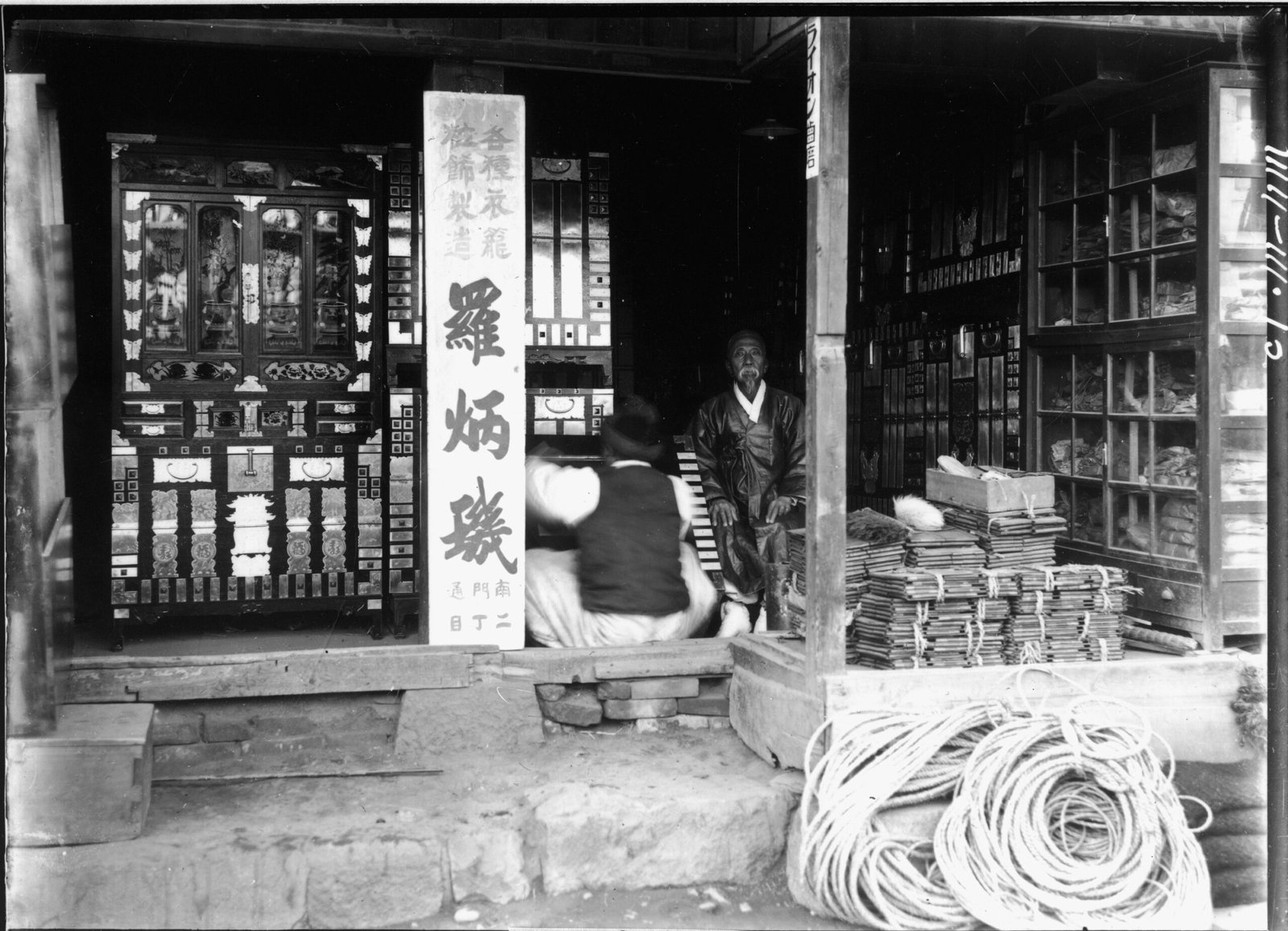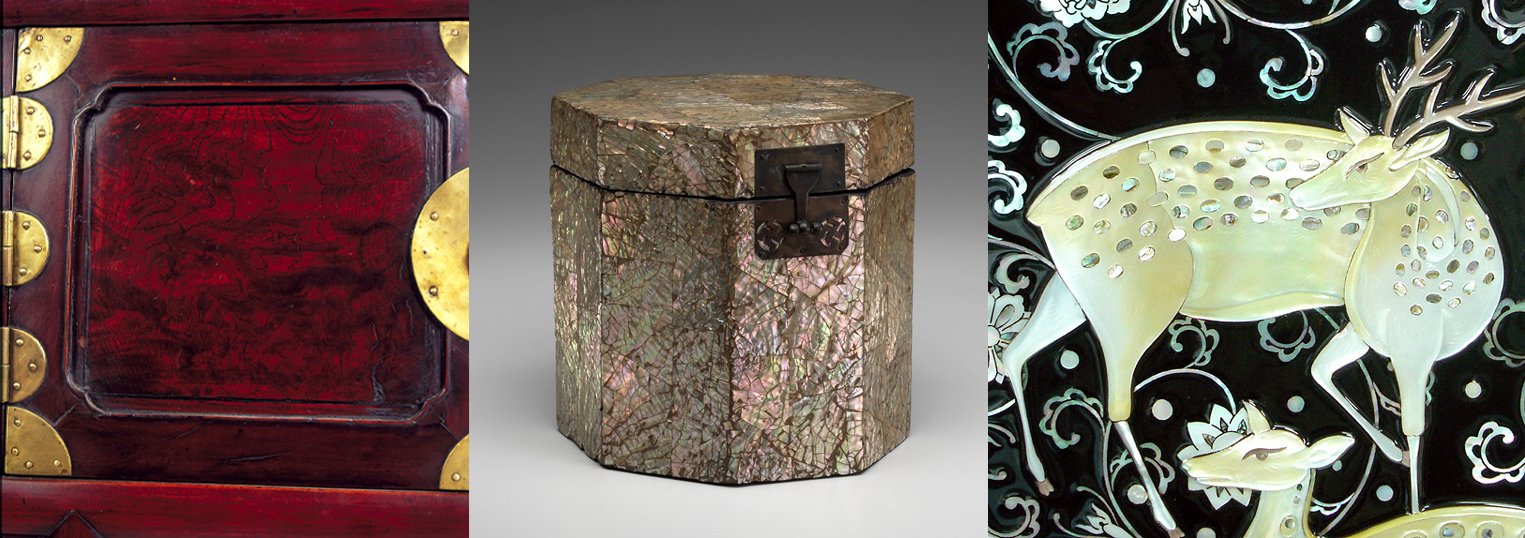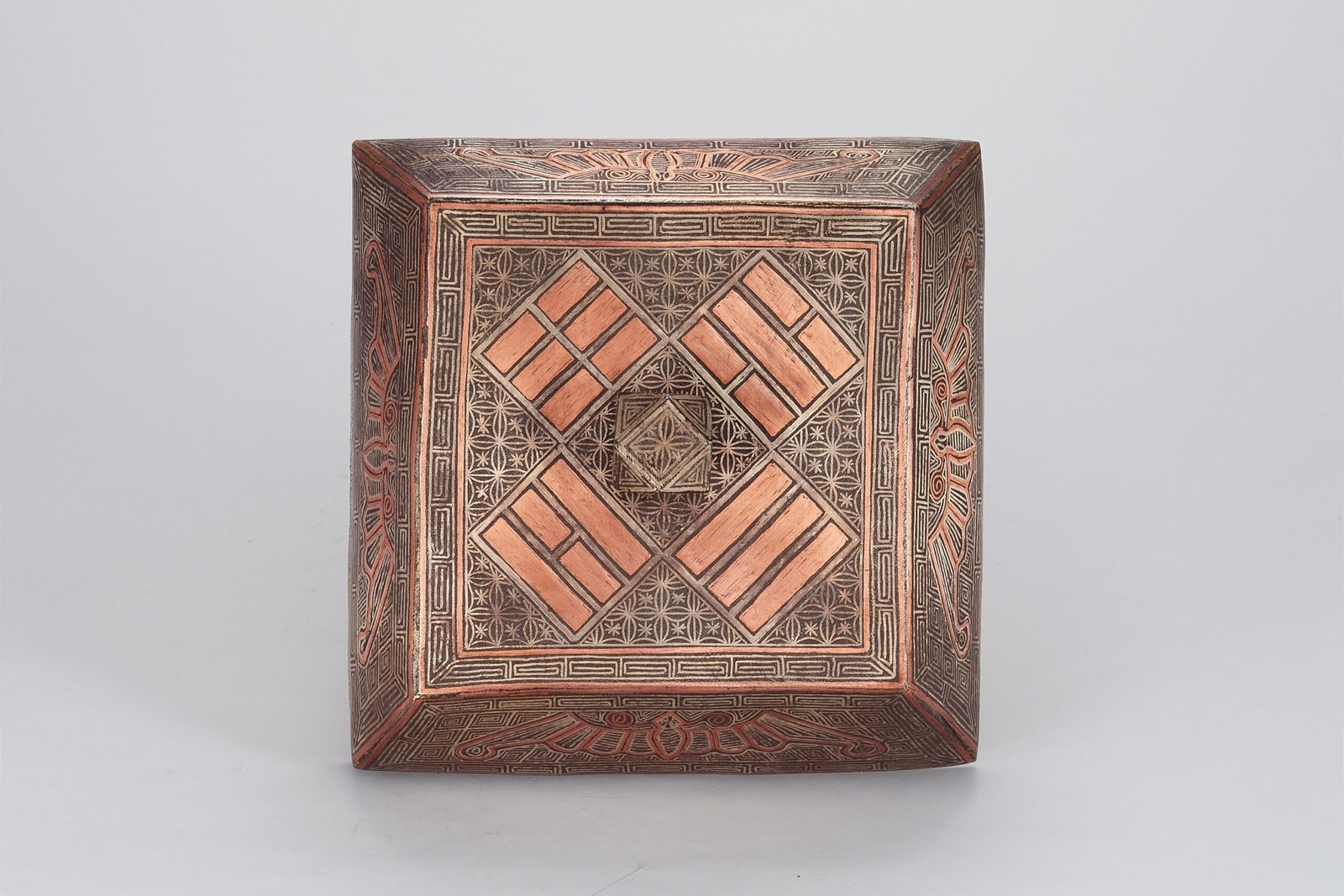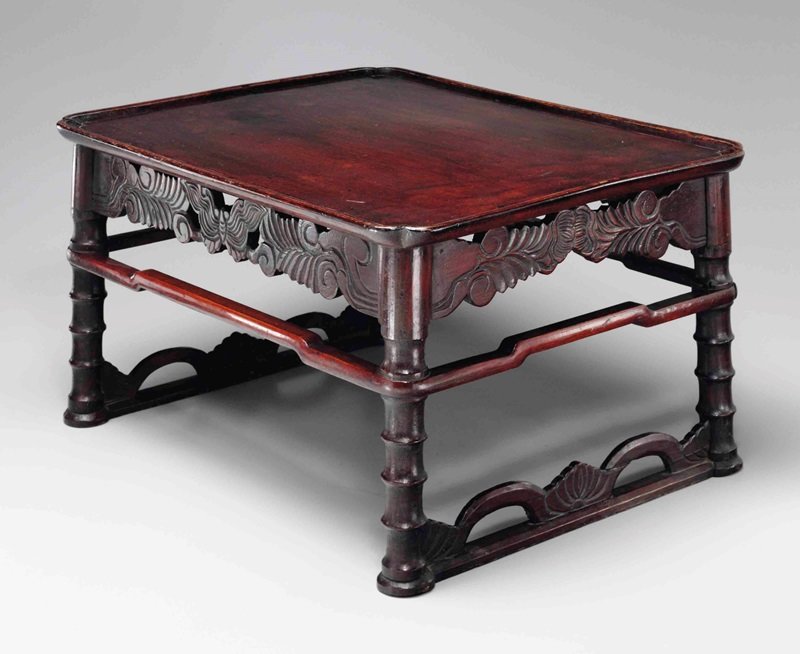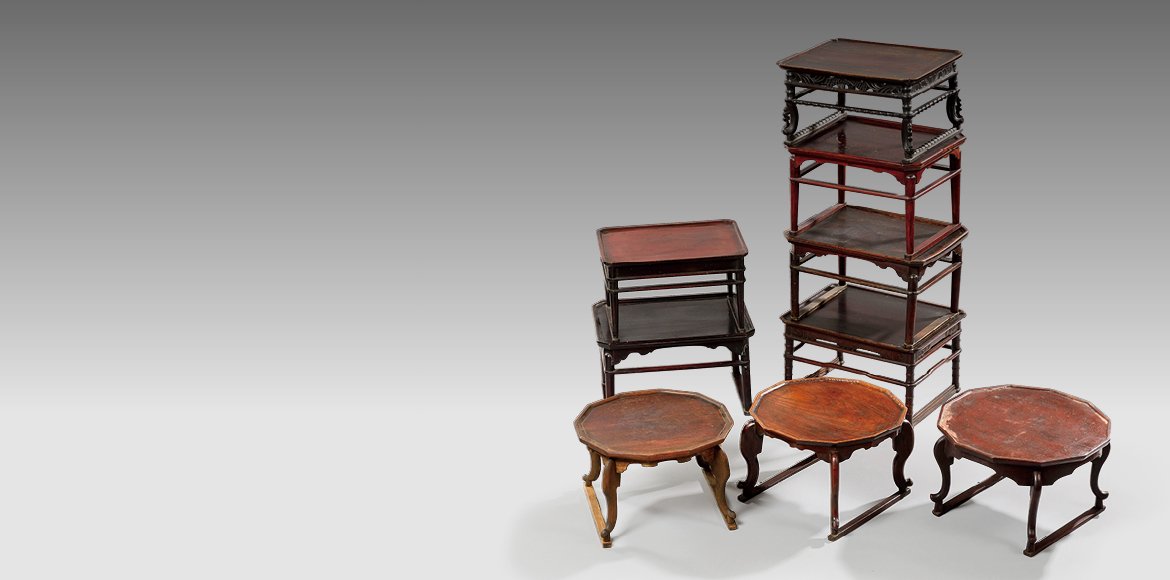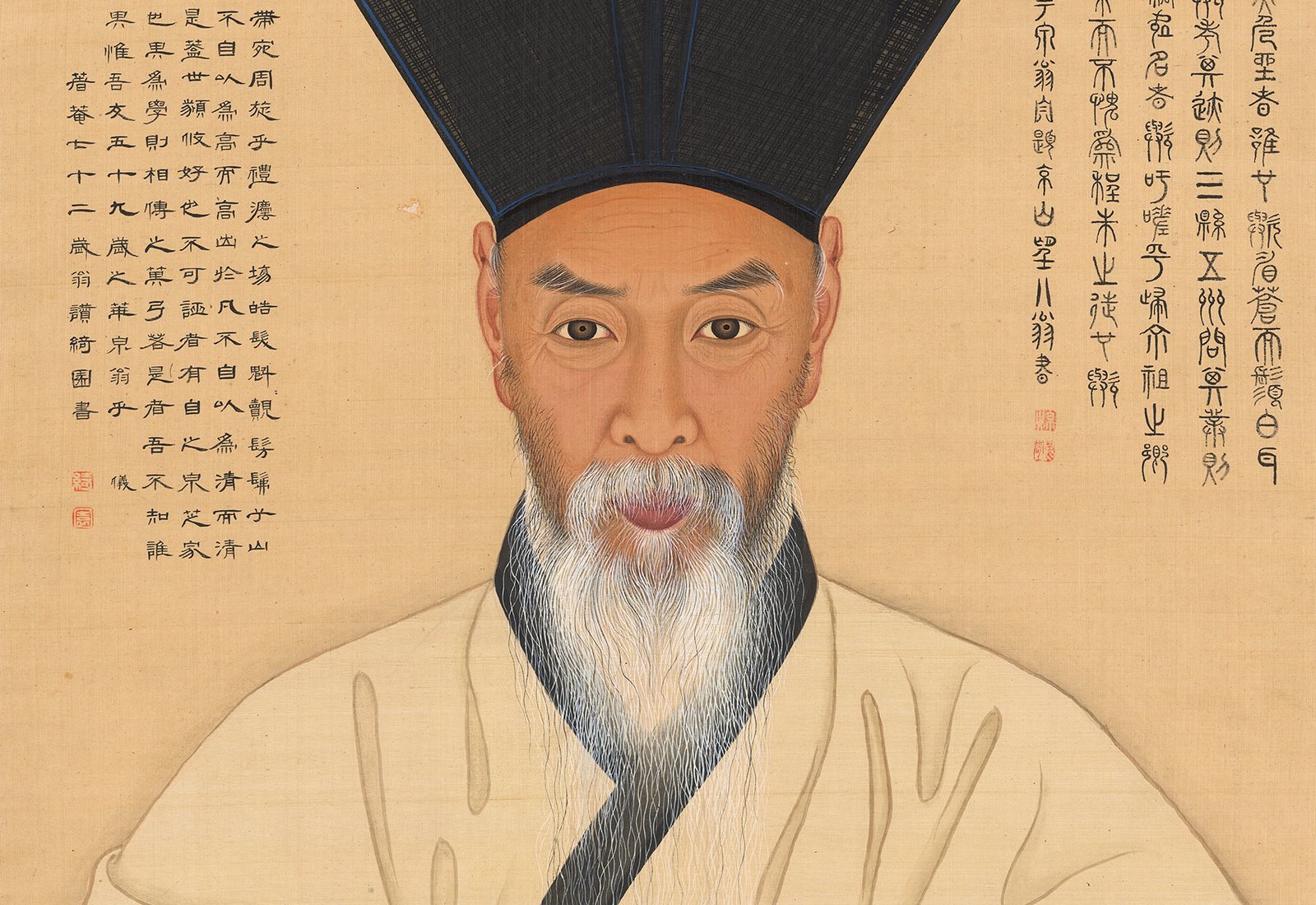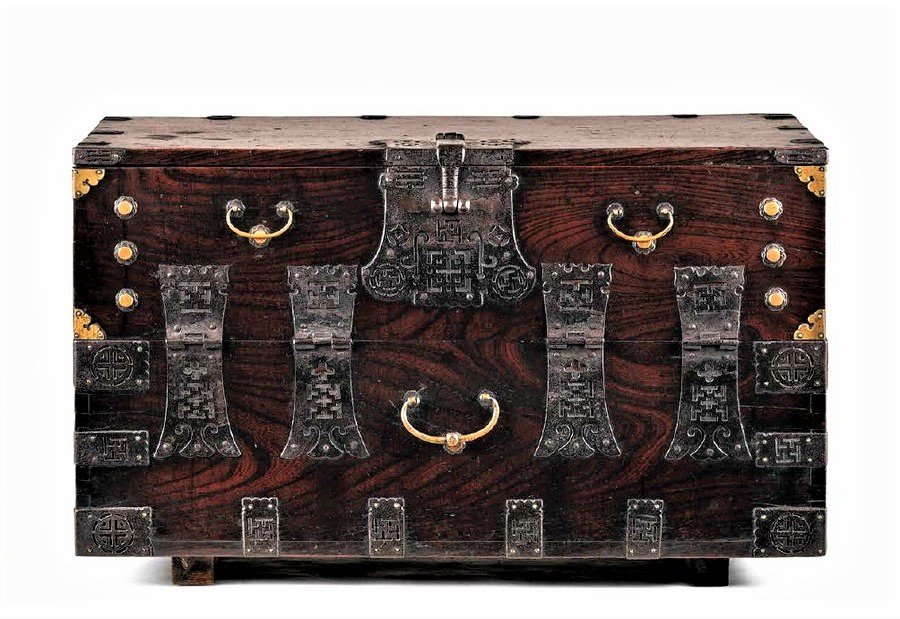OLD PHOTOS, PAINTINGS AND DRAWINGS OF KOREAN FURNITURE. The study of the origins of traditional Korean furniture is complex due to the lack of proper documentation. Prior to the 19th century, paintings provide some information about the lifestyle of Koreans during the Joseon Dynasty. From the middle of the 19th century, photographs taken by explorers […]
